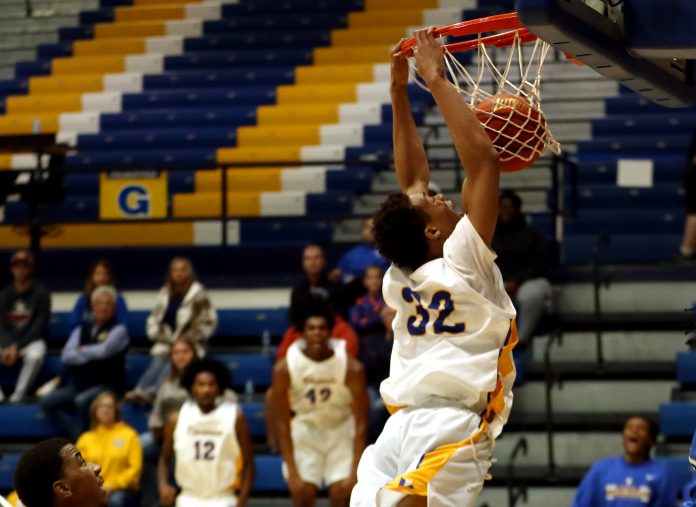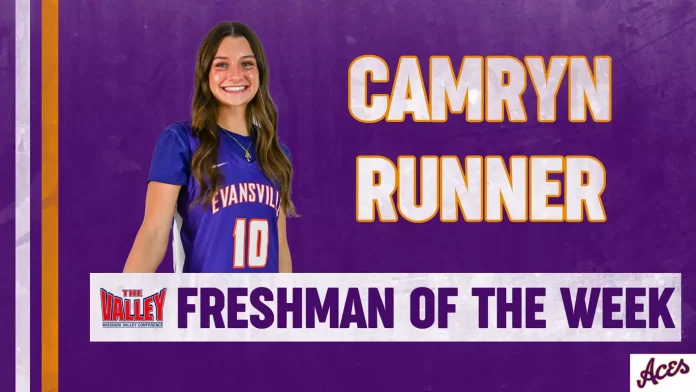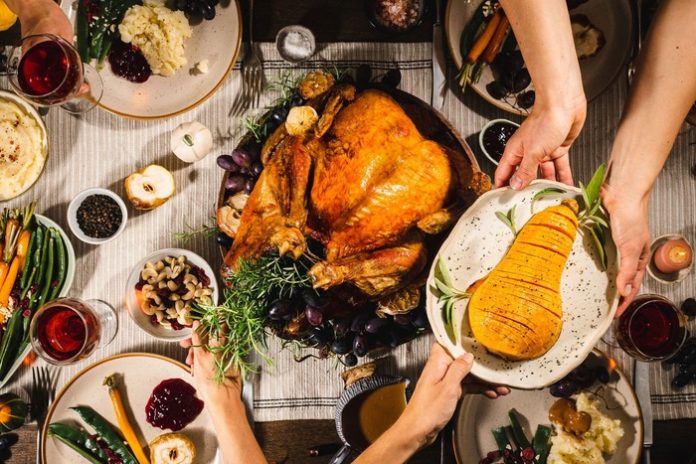EPA Finalizes Rule to Reduce Wasteful Methane Emissions and Drive Innovation in the Oil and Gas Sector
As global leaders gather in Baku for COP29, EPA delivers latest action under President Biden’s Methane Emissions Reduction Action Plan
WASHINGTON — Today, Nov. 12, the U.S. Environmental Protection Agency announced a final rule to reduce methane emissions from the oil and gas sector. The rule facilitates implementation of Congress’s directive in the Inflation Reduction Act to collect a Waste Emissions Charge to better ensure valuable natural gas reaches the market rather than polluting the air. Congress established the charge on large emitters of methane if their emissions exceed specific performance levels and directed EPA to collect the charge and implement other features of the program, including providing appropriate exemptions for actions that reduce methane releases. Today’s final rule delivers on this directive and incentivizes companies to take near-term action to conserve valuable energy resources for American consumers and reduce methane emissions – a potent greenhouse gas that is responsible for approximately one-third of the global warming we are experiencing today.
“The final Waste Emissions Charge is the latest in a series of actions under President Biden’s methane strategy to improve efficiency in the oil and gas sector, support American jobs, protect clean air, and reinforce U.S. leadership on the global stage,” said EPA Administrator Michael S. Regan. “EPA has been engaging with industry, states, and communities to reduce methane emissions so that natural gas ultimately makes it to consumers as usable fuel — instead of as a harmful greenhouse gas. Along with EPA’s complementary set of technology standards and historic financial and technical resources under the Inflation Reduction Act, today’s action ensures that America continues to lead in deploying technologies and innovations that lower our emissions.”
EPA estimates that this rule alone will result in cumulative emissions reductions of 1.2 million metric tons of methane (34 million metric tons CO2-equivalent) through 2035 — the equivalent of taking nearly 8 million gas-powered cars off the road for a year — and will have cumulative climate benefits of up to $2 billion.
As directed by Congress, the Waste Emissions Charge applies only to waste emissions from high-emitting oil and gas facilities. The Inflation Reduction Act provides that the Waste Emissions Charge applies to methane from certain oil and gas facilities that report emissions of more than 25,000 metric tons of carbon dioxide equivalent per year to the Greenhouse Gas Reporting Program, beginning with methane emissions reported in calendar year 2024. Also, as directed by Congress, the Waste Emissions Charge starts at $900 per metric ton of wasteful emissions in CY 2024, increasing to $1,200 for CY 2025, and $1,500 for CY 2026 and beyond, and only applies to emissions that exceed statutorily specified methane intensity levels.
EPA’s final rule details how the charge will be implemented, including the calculation of the charge and how exemptions from the charge will be applied. Facilities in compliance with the recently finalized Clean Air Act standards for oil and gas operations would be exempt from the charge after certain criteria set by Congress are met. The agency expects that over time, fewer facilities will face the charge as they reduce their emissions and become eligible for this regulatory compliance exemption.
In keeping with the provisions of the Inflation Reduction Act, the Waste Emissions Charge works in concert both with Clean Air Act standards issued in March 2024 to limit methane from new and existing oil and gas operations, and with over $1 billion in financial and technical assistance that EPA has partnered with the U.S. Department of Energy to provide under the Inflation Reduction Act to support monitoring and mitigation of methane emissions from the oil and gas sector. Combined, these actions will help position the United States as the most efficient producer of oil and natural gas in the world and ensure that the industry remains competitive in overseas markets that require a minimum level of emissions performance.
In the final rule, EPA made changes in response to public comments that will provide owners and operators of oil and natural gas facilities with greater flexibility to achieve emission reductions and thereby avoid the charge. States now have a stronger incentive to submit satisfactory plans for limiting methane from existing oil and gas operations in a timely manner. Additionally, the Waste Emissions Charge will apply until oil and gas operators achieve full compliance with state plans, helping to incentivize better performance. The final rule also provides additional clarity on exemptions and other provisions of the rule.
Background
Methane is a climate “super pollutant” — over 100 years, one ton of emitted methane traps 28 times as much heat in the Earth system as one ton of emitted carbon dioxide. The oil and natural gas sector is the largest industrial source of methane emissions in the United States. Rapid reductions in methane emissions are one of the most important and cost-effective actions the United States can take in the short term to slow the rate of rapidly rising global temperatures. Because methane in the atmosphere leads to the production of ozone, reducing methane emissions reduces ozone levels and protects public health.
The Waste Emissions Charge is a key component of EPA efforts to reduce domestic methane emissions. In March 2024, EPA issued final standards under the Clean Air Act to sharply reduce methane emissions and other harmful air pollution from new and existing oil and gas operations. In the Inflation Reduction Act, Congress built a framework of additional measures under the Methane Emissions Reduction Program — including the Waste Emissions Charge and funding for financial and technical assistance — to complement EPA’s final standards and ensure reductions in methane from this sector. These measures incentivize affected facilities to reduce emissions in advance of compliance requirements under the oil and gas standards.
As directed by Congress in the IRA, the Waste Emissions Charge is calculated with the input of data reported to EPA under subpart W of the Greenhouse Gas Reporting Program. In May 2024 EPA published a final rule (pdf) revising subpart W to increase the accuracy of reported methane emissions from the oil and natural gas industry.
In addition to creating the Waste Emissions Charge, the Inflation Reduction Act provides more than $1 billion to help monitor, measure, quantify, and reduce methane emissions from the oil and gas sector. Through the Methane Emissions Reduction Program, EPA is partnering with DOE to provide financial and technical assistance to promote the adoption of available and innovative technologies — including funds to mitigate emissions at low-producing conventional wells and other oil and gas infrastructure, to support methane monitoring and measurement nationwide, and to provide transparent emissions data to impacted communities.
The Waste Emissions Charge and MERP’s funding opportunities, together with EPA’s standards under the Clean Air Act, will advance the adoption of cost-effective technologies, reduce wasteful practices, and yield significant economic and environmental benefits, while driving continued innovation in methane detection, monitoring, and mitigation techniques.
For more information, please visit the Methane Emissions Reduction Program website.












